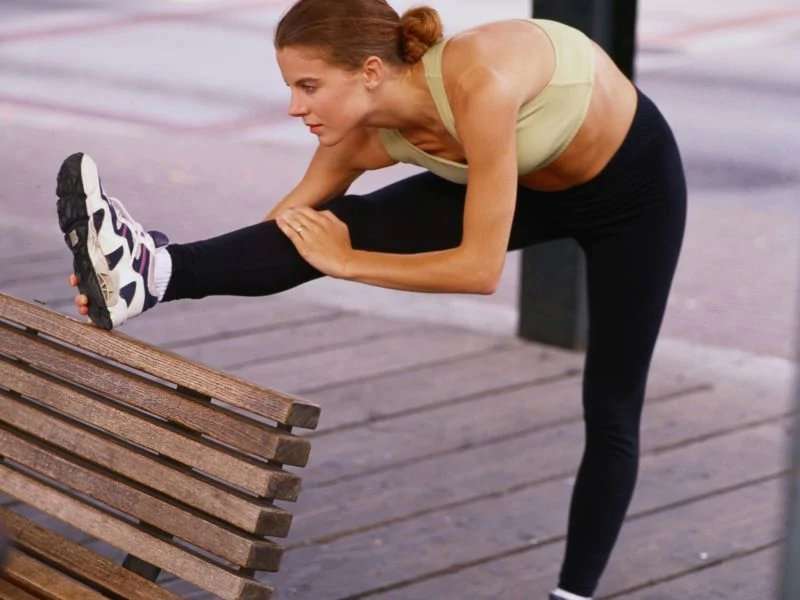What comes first: warm-up or stretching?

(HealthDay)—Sports-medicine research has called into question the value of warm-ups and cool-downs, and cast doubt on whether they really prevent muscle soreness.
However, there are still other benefits to these pre- and post-workout steps, and to stretching after both. But it's important to get the sequence right.
A warm-up preps your body for exercise by increasing your heart rate and blood flow to your muscles. It doesn't have to be complicated. Just do an easy 5 to 10 minutes of your chosen activity or of easy walking. By raising your heart rate at a gradual pace, the warm-up helps minimize stress on your heart.
Once your muscles are warm, they're ready for stretching. Stretches can be static or dynamic. With static stretching, you hold each position for about 10 to 30 seconds. With dynamic stretching, you move through a full range of motion.
Either way, stretching increases flexibility, which becomes even more important as you age so that you can maintain agility and balance. Some studies show that dynamic stretching is better before exercise, and static is better afterward.
After your workout is complete, a cool-down helps your heart rate return to normal, again at a gradual pace. You can perform your aerobic activity at a slow pace or, again, simply walk for about 5 minutes or until your heart rate goes below 120 beats per minute.
While your body is still warm, you want to do static stretches. Repeat each one two to four times, remembering to breathe in and out as you hold each position.
More information: The American Academy of Pediatrics has more helpful advice on how to prevent injuries during exercise.
Copyright © 2018 HealthDay. All rights reserved.


















